Transportation infrastructure construction has maintained a high level of operation in China in recent years, especially amid COVID headwinds, which has proved to be key in stabilizing the economy in the short term and will better serve the country's major strategies, economic and social development and people's livelihood over the medium and long term, experts said.
According to latest data from the Ministry of Transport, China's investment in transportation fixed assets has continued to grow rapidly in the past 10 years, with a total investment of 3.6 trillion yuan ($523.8 billion) in 2021, an increase of more than 50 percent compared to some 2.05 trillion yuan in 2011. From January 2022 to November, China completed 3.5 trillion yuan of fixed asset investment in transportation, a year-on-year increase of 5.8 percent.
Many provincial regions nationwide maintained strong efforts in the sector this year, according to transportation investment plans and construction tasks revealed by local transport authorities.
Among such regions, East China's Zhejiang province said in a plan in January that it will set a higher growth target for fixed asset investment this year than that for the overall economy, and planned to invest over 1 trillion yuan in some 1,000 major projects, with the first project batch numbering at 791, including 540 ongoing ones and 251 newly launched ones.
According to government information, investment in the first batch of projects reaches 833.7 billion yuan.
There have been signs of enhanced efforts to this end, as a major local high-speed railway project in Zhejiang reported milestones earlier this month.
China Railway 24th Bureau Group Corp Ltd (CR24), a unit of China Railway Construction Corp, said its workers, after two years of "tough tunneling work", have dug the Maguling Tunnel on the Hangzhou-Wenzhou High-speed Railway on April 3.
The completion of the tunnel project also marks the full completion of all tunneling work of the Yongjia section on the railway, laying a solid foundation for the full line to open for traffic by June 2024.
Located in Yongjia county in Wenzhou, Zhejiang province, the tunnel is a single-hole double-track undertaking with a total length of 6.09 kilometers and is designed for bullet trains running at 350 kilometers per hour. The tunnel was constructed using an excavation method from both ends.
Digging through the tunnel was faced with several challenges, including a maximum burial depth of 496.2 meters, fragmented rock formations, fault zones and other complex geological conditions. To overcome these difficulties, the team established a geological alert system to strengthen rock monitoring and management.
CR24 said it implemented several measures to ensure safe and smooth construction, including establishing an information management platform to enhance in-tunnel construction control and strengthening pre-shift safety education as part of its on-site duty shift operation.
Prior to the tunneling completion, CR24 said another project, also on the Yongjia section — the Doumen Creek Bridge — finished full linkage on April 1.
The 76-meter-high bridge located in Yongjia county in Wenzhou is another milestone project due to its risky height and high requirements among all the construction "headaches".
"Considering the building difficulties, we gave safety operation instruction documents for every construction team when it comes to every construction procedure, to prioritize safety on this project, for the safety is key to on-time completion of the bridge and to the overall progress," said the CR24 project manager.
The manager said the team implemented full-process control in the construction work, from the emergency response system, fire protection and safe electricity use to the arrangement for the cable trench and work at heights.
The Hangzhou-Wenzhou High-speed Railway is a vital conduit in the Yangtze River Delta region and will be the fastest way for passengers traveling among the cities of Hangzhou, Jinhua, Yiwu, and Wenzhou in Zhejiang. Upon completion, the railway will connect a wealth of tourism resources in these cities and promote the coordinated development of the Yangtze River Delta region.
With its completion, the high-speed railway will greatly improve the regional transportation network and promote the development of the region's economy and tourism industry.
The vital role played by infrastructure in supporting economic growth and mitigating the contraction in consumption has been highlighted in this year's Government Work Report. This year, it will continue to serve the implementation of the country's major strategies, high-quality development, and more importantly, people's livelihoods, boosting employment and relevant industries along the supply chains, said Sealand Securities.












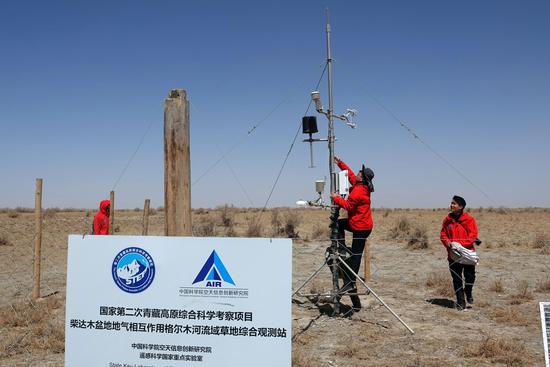
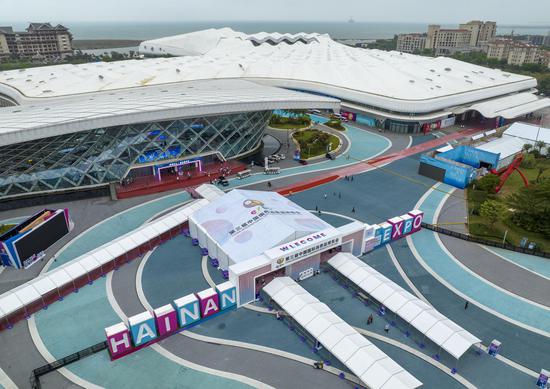

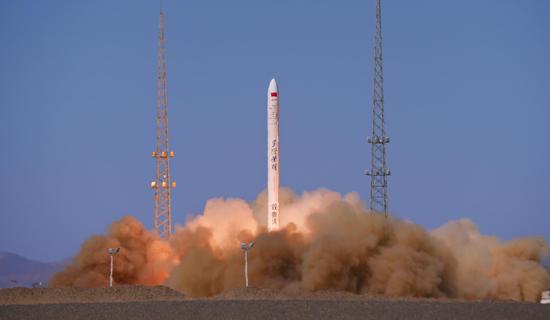

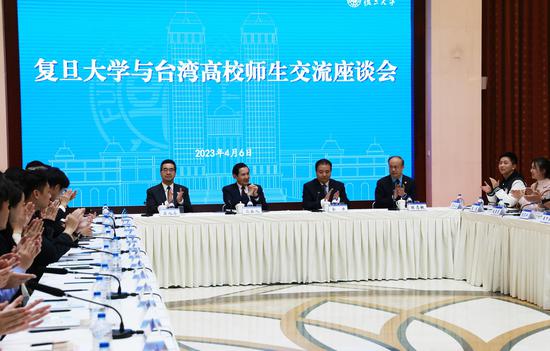
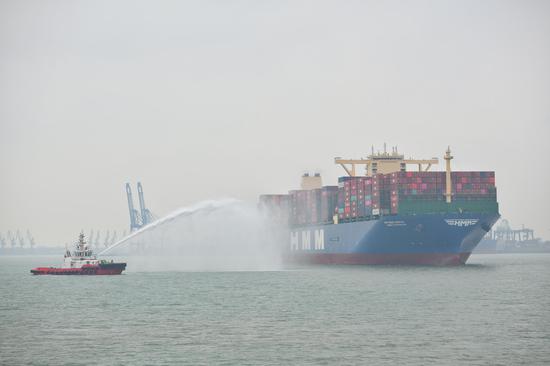
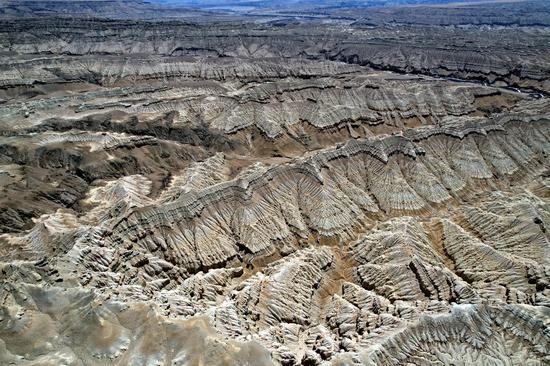

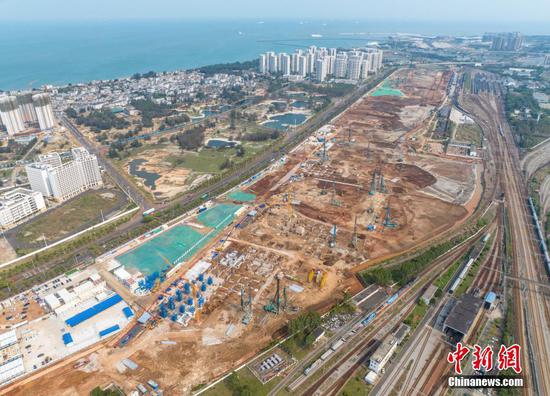
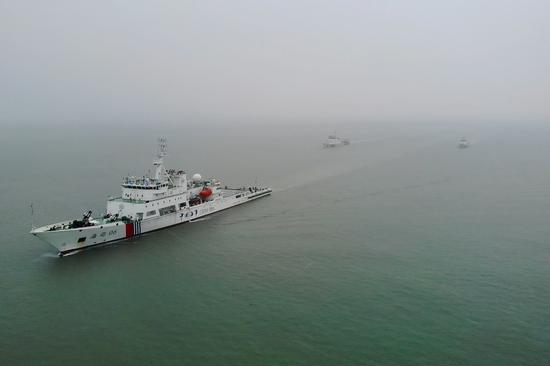
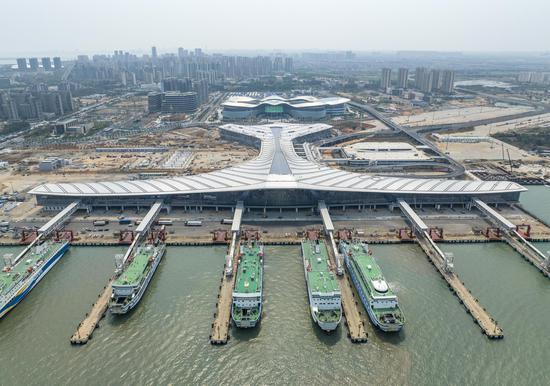



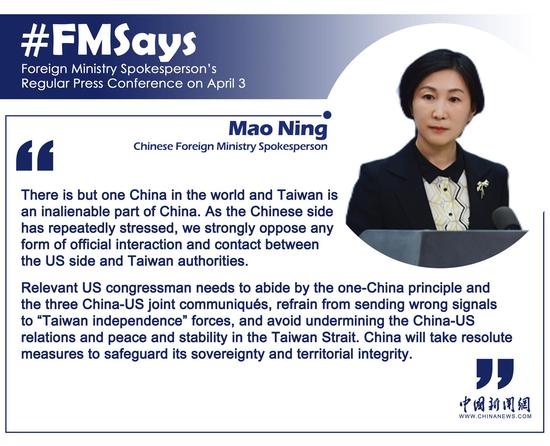
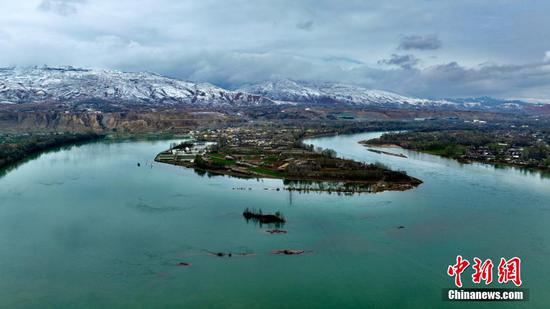

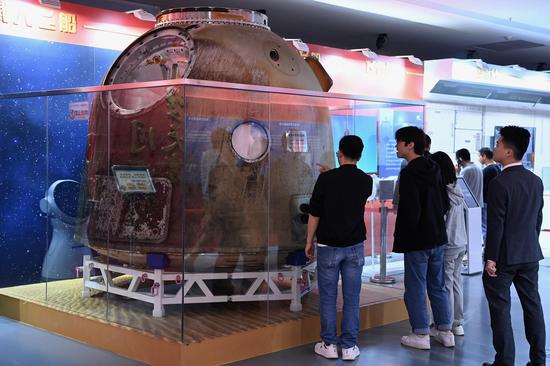


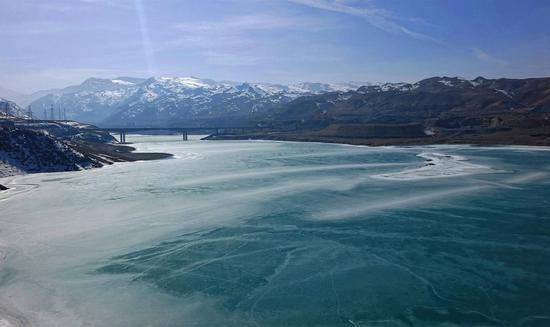

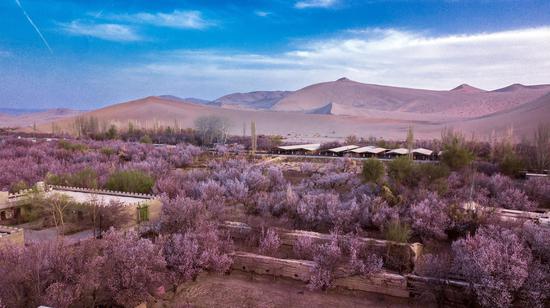
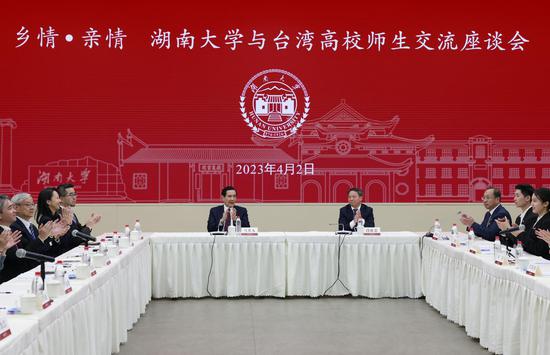


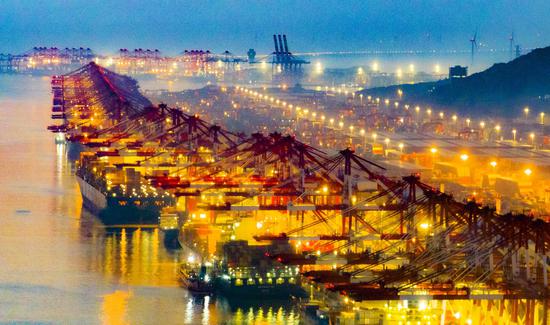
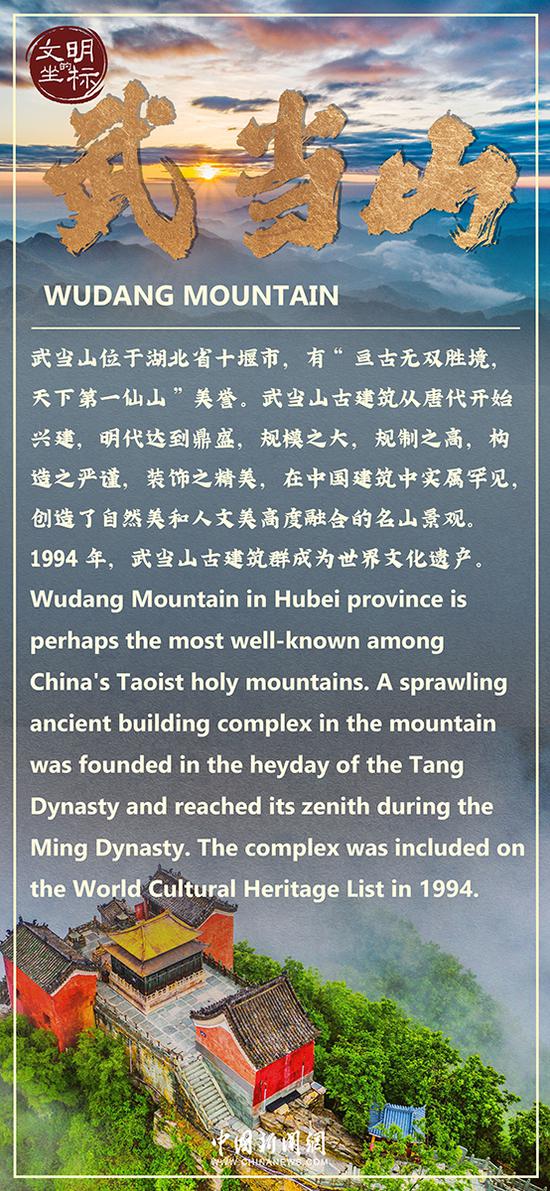









 京公网安备 11010202009201号
京公网安备 11010202009201号